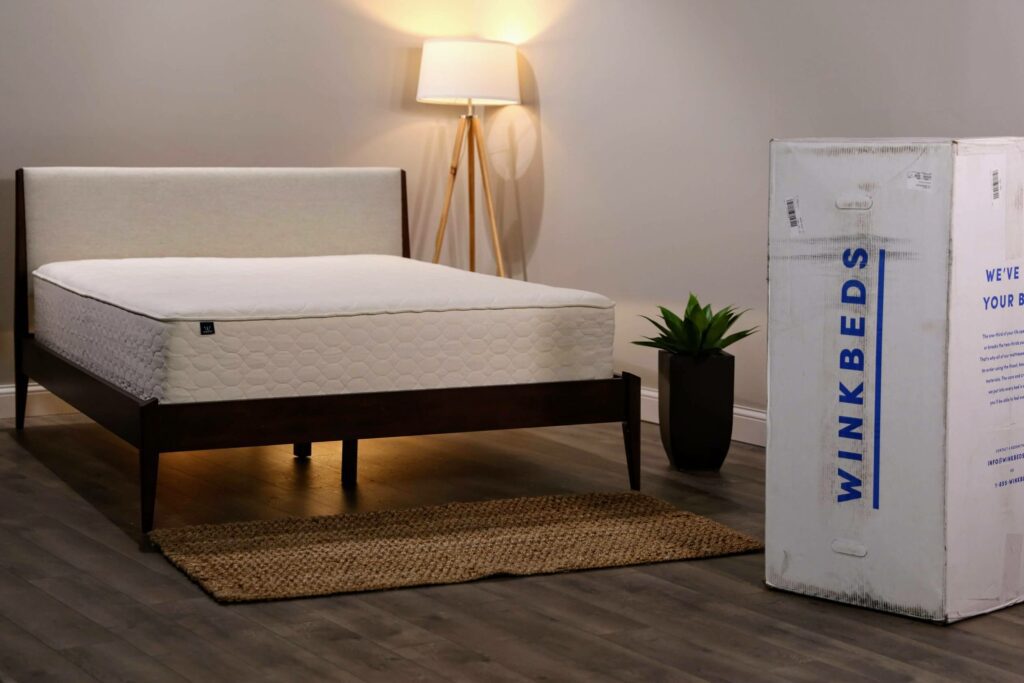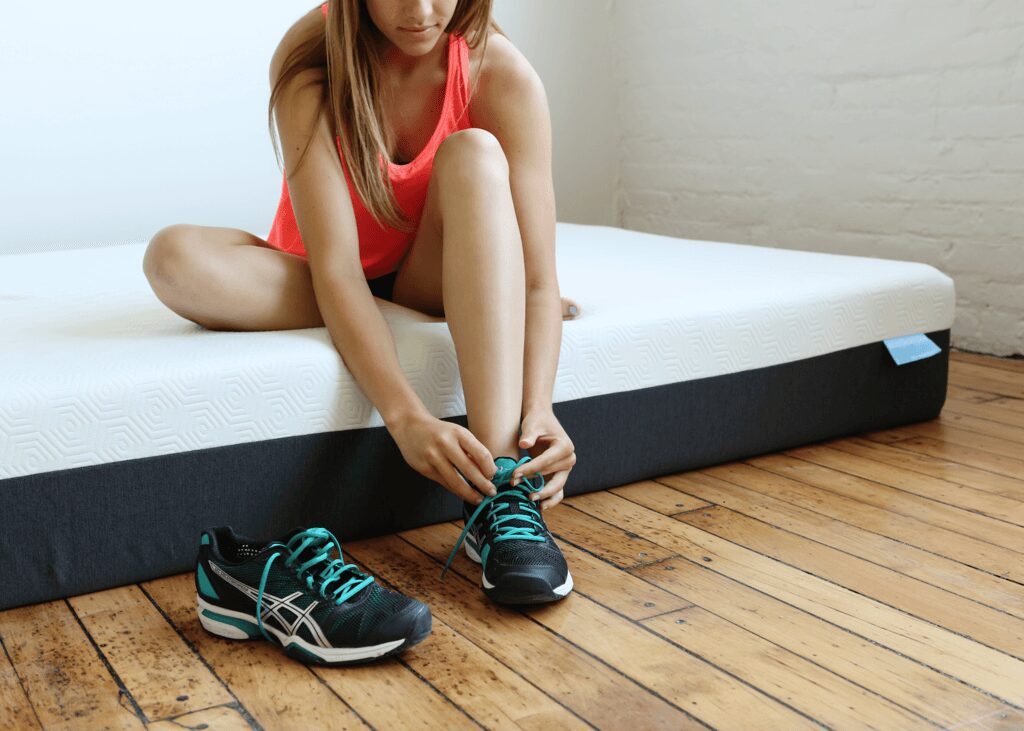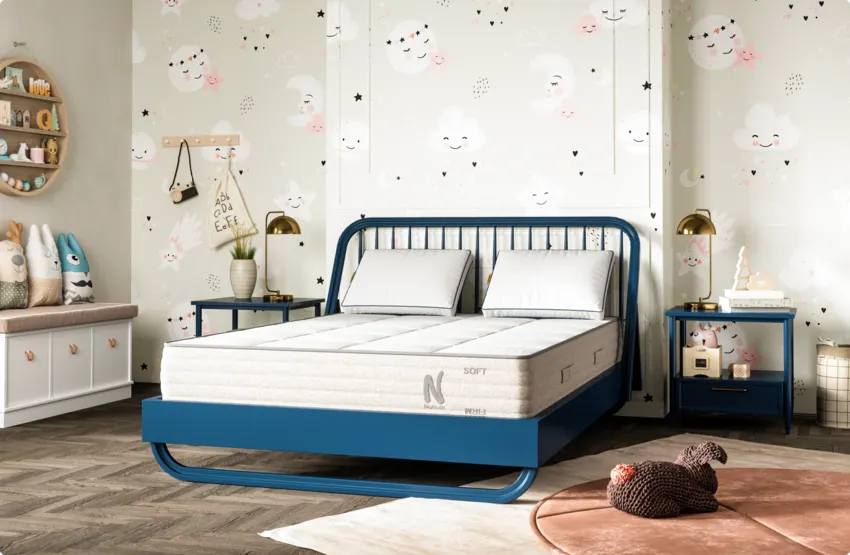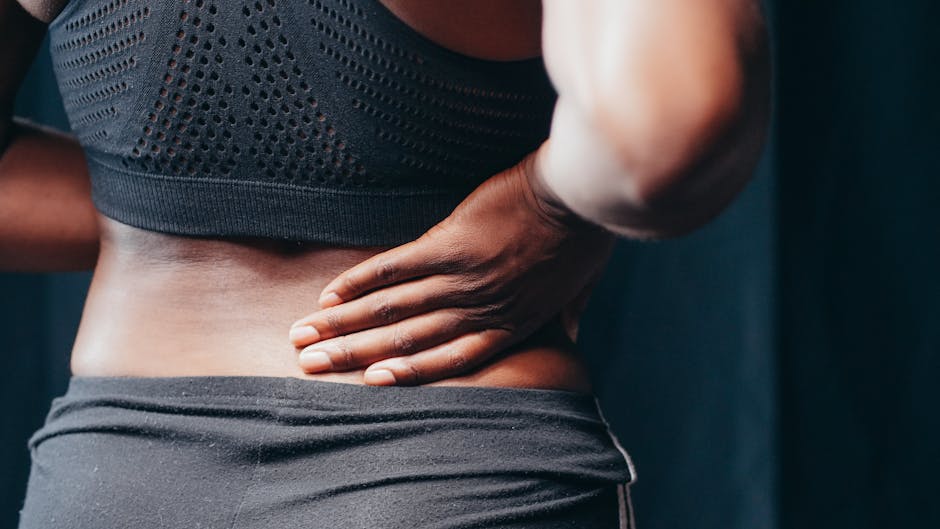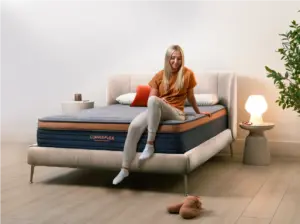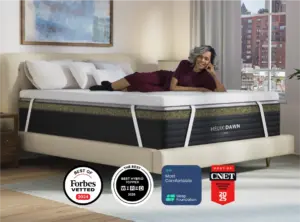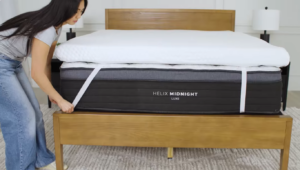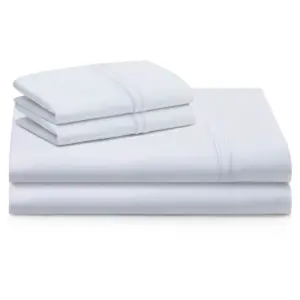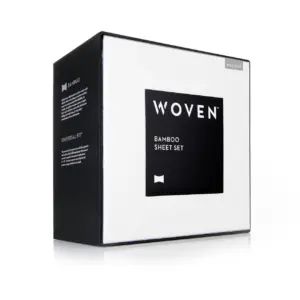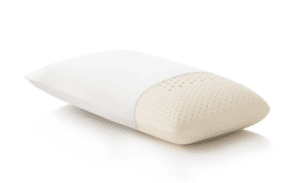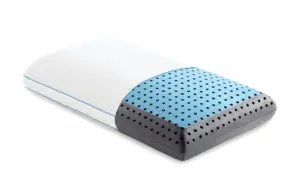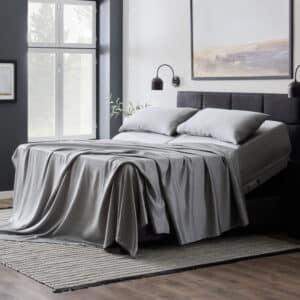Finding the Best Mattress for Osteoporosis: A Complete Guide
Why Choosing the Best Mattress for Osteoporosis Matters
Selecting the best mattress for osteoporosis is crucial for enhancing your comfort and overall well-being. A mattress tailored to this condition can significantly affect sleep quality, promoting better physical and cognitive health. Here’s a quick overview of our top recommendations for 2025:
– Saatva Rx: Best Overall – Achieves the perfect balance of support and luxury.
– Helix Midnight Luxe: Best for Side Sleepers – Features zoned support specifically designed for side sleepers.
– DreamCloud Memory Foam: Best for Couples – Offers excellent motion isolation for undisturbed sleep.
– The WinkBed: Best Hybrid Mattress – Durable and offers various firmness levels.
– Bear Pro Hybrid: Best for Back Sleepers – Delivers an ideal conforming feel for effective support.
Each of these mattresses addresses the unique challenges faced by individuals with osteoporosis, making sleep a restorative experience instead of a painful struggle.
Understanding Osteoporosis
Osteoporosis is characterized by decreased bone density, rendering bones weak and brittle. Often dubbed the silent disease, many individuals remain unaware of their condition until they experience a fracture.
Causes of Osteoporosis
– Age: Natural bone density declines as we age.
– Gender: Women, particularly postmenopausal, face increased risk due to lower estrogen levels.
– Genetics: A family history of osteoporosis can heighten susceptibility.
– Lifestyle Choices: Poor nutrition, inactivity, smoking, and excessive alcohol can weaken bones.
– Medical Conditions and Medications: Issues like rheumatoid arthritis, along with certain medications like corticosteroids, may impact bone health.
Symptoms of Osteoporosis
Osteoporosis often progresses unnoticed, with decisive symptoms appearing only when fractures occur. Common signs include:
– Fractures from minor falls or injuries.
– Back pain due to fractured vertebrae.
– Height loss over time.
– A stooped posture, commonly referred to as a dowager’s hump.
Diagnosis
A DEXA scan, measuring bone density, typically diagnoses osteoporosis. Key metrics include:
– T-score: Compares your bone density to that of a healthy young adult.
– Normal: -1 and above
– Osteopenia (low bone density): Between -1 and -2.5
– Osteoporosis: -2.5 and below
– Z-score: Compares your density to what’s expected based on age, gender, and size.
Understanding these metrics allows for early detection and better management of osteoporosis.
How Osteoporosis Affects Sleep
Pain and discomfort caused by bone weakness can severely disrupt sleep.
Pain
Pain often arises from fractures rather than osteoporosis itself. Notable pain points include:
– Back: Discomfort from fractured vertebrae.
– Hips and Shoulders: Pressure exacerbated during sleep.
Restlessness and Poor Sleep Quality
Chronic pain leads to constant movement throughout the night, disrupting sleep cycles. Research indicates that inadequate sleep can lower bone density, further complicating health.
Impact on Bone Health
Sleep is integral to maintaining bone health. Disrupted sleep cycles can affect circadian rhythm and, consequently, bone remodeling. Poor sleep can increase inflammation, aggravating osteoporosis symptoms.
Choosing the Best Mattress for Osteoporosis
To alleviate discomfort and improve sleep, selecting a supportive and comfortable mattress is vital. Consider these key factors:
Support
A mattress should maintain proper spinal alignment, ideally with high-density foam or innerspring coils.
– Zoned Support: Models like the Helix Midnight Luxe offer targeted support ideal for side sleepers.
Pressure Relief
Mattresses that contour effectively to sensitive areas, like memory foam or latex, are ideal for pressure relief.
– Memory Foam: The DreamCloud Memory Foam excels here, especially for couples.
– Latex: Known for durability and comfort without compromising support.
Firmness
Opt for a medium to medium-firm mattress, generally recommended for individuals with osteoporosis.
Temperature Regulation
Hot sleepers benefit from cooling gel-infused foams or breathable hybrid mattresses, like The WinkBed.
Durability
Selecting high-quality materials ensures long-term support and comfort.
Eco-Friendly Options
Choose mattresses certified by CertiPUR-US or made from organic materials, minimizing exposure to harmful chemicals.
By integrating these factors, you can find a mattress that not only addresses your comfort needs but also helps alleviate osteoporosis symptoms.
Top Mattresses for Osteoporosis in 2025
1. Saatva Rx: Best Overall
– Key Features: Hybrid construction with robust support, free white-glove delivery.
– Customer Feedback: Exceptional reviews highlight its comfort and customer service.
2. Helix Midnight Luxe: Best for Side Sleepers
– Key Features: Zoned support coils and thick pillow-top layer.
– Customer Feedback: Praised for its support and comfort, with a significant number of positive reviews.
3. DreamCloud Memory Foam: Best for Couples
– Key Features: Superior motion isolation, adjustable base compatibility.
– Customer Feedback: Customers celebrate its comfort and back pain relief.
4. The WinkBed: Best Hybrid Mattress
– Key Features: Multiple firmness options and an exchange program if necessary.
– Customer Feedback: Users commend its durability and comfort.
5. Bear Pro Hybrid: Best for Back Sleepers
– Key Features: Conforming feel and shorter height for easier mobility.
– Customer Feedback: Many reviews emphasize its effectiveness in alleviating lower back pain.
Additional Tips for Managing Osteoporosis
Managing osteoporosis involves more than just selecting the right mattress:
Diet and Nutrition
– Calcium: Essential for bone health; found in dairy, leafy greens, and fortified foods.
– Vitamin D: Crucial for calcium absorption; sources include sunlight and fatty fish.
– Other Nutrients: Foods rich in magnesium and vitamin K promote overall bone health.
Exercise
Regular weight-bearing and strength-training exercises enhance bone density and balance.
Medication
Consult your healthcare provider for medications that can help manage osteoporosis and optimize bone health.
Fall Prevention
Home safety measures are vital. Enhance your living space with grab bars, good lighting, and mobility aids to prevent falls.
Conclusion
Choosing the best mattress for osteoporosis plays a pivotal role in enhancing sleep quality and overall health. Remember that a holistic approach, including healthy lifestyle choices, is essential for managing osteoporosis effectively. At Yawnder, we provide a variety of mattresses specifically designed to cater to your unique needs, helping you find the perfect fit. Consult with healthcare professionals for personalized advice to further enhance your well-being. By making informed decisions, you can significantly improve your sleep environment and, ultimately, your quality of life.



